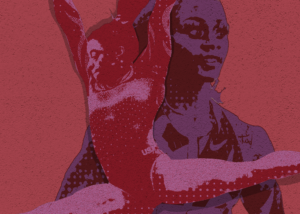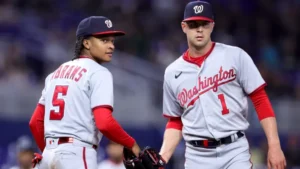Hearing that Major League Baseball’s general managers had unanimously agreed that the league should move toward banning collisions at home plate struck an uneven chord in my mind earlier this week. There has been much talk about a new rule like this in Major League Baseball for quite a while now, especially ever since Buster Posey’s ankle was shattered in May of 2011 in a brutal collision at the plate, but I never really thought that the league would follow through.
I completely understand the reasoning behind banning plate collisions and I don’t disagree with it. Players running full speed towards home can plow into the catcher while he remains vulnerable waiting for the runner’s arrival. With the size and speed of modern day baseball players, it is not surprising that catchers often get the short end of the stick in these hits. I would have to say that safety is the largest concern when it comes to warranting this ban, but I honestly do think that the general managers care more about their catchers as assets.
When you are paying a catcher millions of dollars of guaranteed money for seasons extending years into the future, it has got to be just wrenching to see another team’s linebacker of a third baseman or outfielder lower their shoulder into his chest. When Posey went down in an attempt to save one run in one game of the 162 game season, it cost the Giants millions. Now in order to protect Posey from further damaging his ankle, the Giants have had to move him into the field so that possible collisions are minimized. This not only reduces his effectiveness on the field, but also forces the Giants to put someone not as skilled as Posey behind the plate, possibly costing them wins during the season. All in all, the collision Posey took for the team cost the Giants more than just the star catcher’s ankle.
Pete Rose has recently been interviewed on the subject, mainly because of his rough and tough style of play back in the day, and has been adamant that this ban is bogus. He believes that having the ability to crumple the catcher at the plate is just a part of the game and if it’s tradition, well, then that’s how it should always be played. I do agree in some aspect with Rose that baseball heavily relies on tradition as part of what makes this sport so special. Baseball arguably values tradition more than any other sport and it has always been extremely reluctant to make changes that would alter how the game was played in the olden days. Recently though, the MLB has been coming to terms with modernization.
The proposed rule changes for home plate collisions read: Catchers are not allowed to block home plate, runners are not permitted to target catchers, questions on blocking and targeting are reviewable, and violations will be subject to discipline or fines. All of these seem relatively reasonable except for the first piece. I just cannot seem to understand how they plan on enforcing a rule that says catchers cannot block home plate. If catchers have already caught the incoming throw, are they just supposed to stand to the side of home plate and swing their mitt at the runner coming barreling in on a slide? This makes it way too easy for a runner to just slide to the opposite side of the plate and swipe their hand across it for the run.
On the flip side, if catchers are still allowed to block the plate, how else are runners supposed to make an attempt at the plate without making solid contact with the catcher? It is this precise hiccup in the MLB’s reasoning that makes this ban unrealistic. Forbidding catchers from blocking the plate gives the runner an unfair advantage and if the throw has beaten the runner and the catcher is disadvantaged in this way, I cannot even imagine the yelling matches that will erupt between managers and umpires after he is called safe.
I am surely not against the safety of the catcher. I am just not convinced that eliminating this aspect of the game makes the competition at the plate a fair one. It is not about tradition, it is about safety and the paycheck, but what it comes down to in my mind is that the team in the field will basically be throwing a free pass to home at their opposition under these regulations. If all the general managers are in agreement that they are willing to give up the run in this circumstance then, wonderful. We can all agree to make this change. But, when it’s the bottom of the ninth with the playoffs on the line and the runner swipes the far side of the plate for the winning run without contention from the catcher, the sky is going to fall in the world of baseball.





